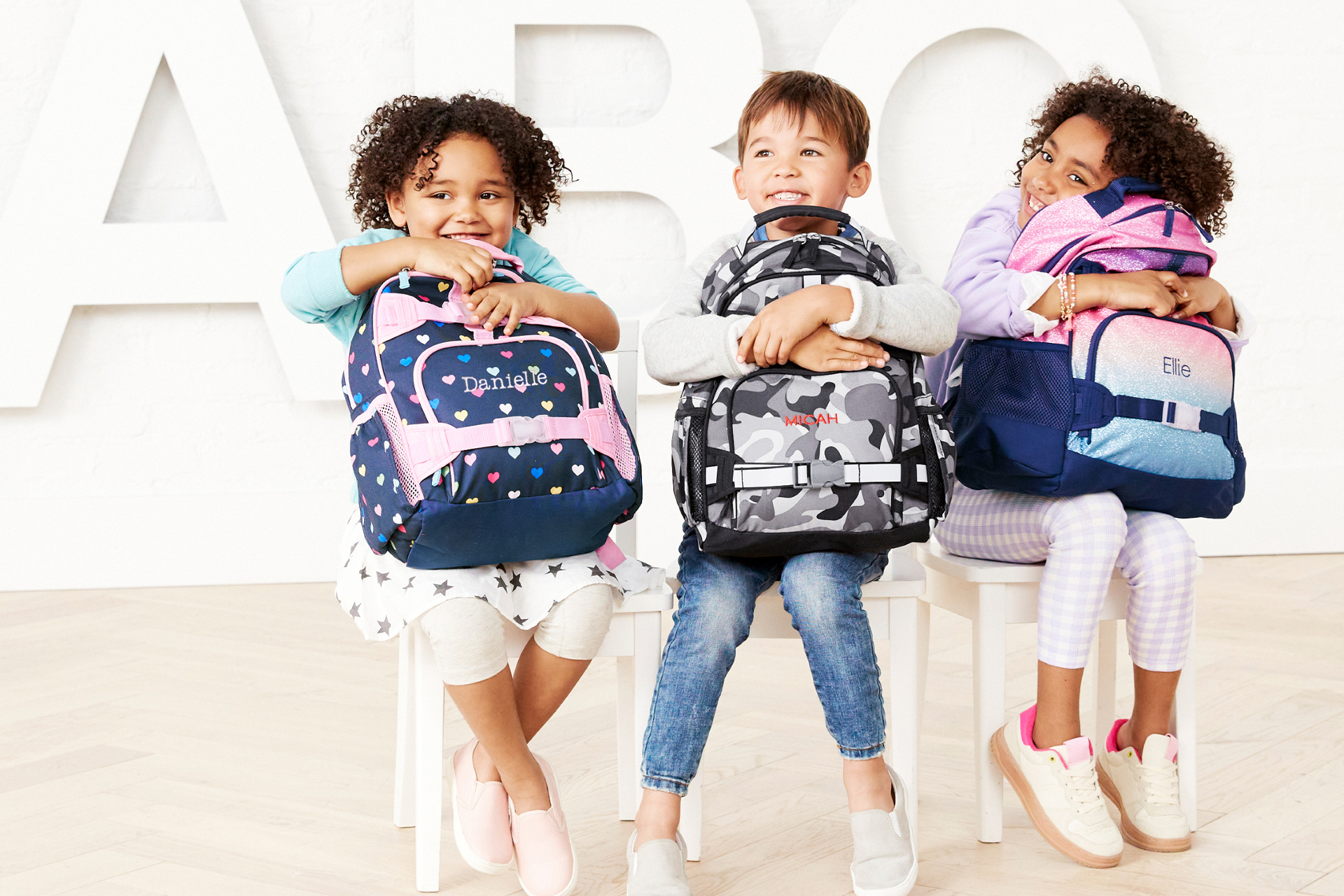In a look at the youngest consumer demographic, Numerator tracked Generation Alpha behavior, leveraging verified purchase data and a survey of more than 35,000 parents/guardians with children under the age of 15 to determine GenAlpha has about $28 billion in direct purchasing power.
As for the family dimension, 35% of GenAlpha households have shared physical shopping lists, while 14% have shared digital lists. Parents said their children usually or always have independence when choosing snacks, at 50%; apparel, at 44%; beverages, at 41%; fast food, at 37%; entertainment, at 36%; electronics, at 35%; and school supplies, at 34%.
Nearly half (47%) of GenAlpha parents said they let their children shop independently in-store more than half of the time versus 22% online. GenAlpha households are 31% more likely to be higher income, with a better than $125,000 household income, and 41% are more likely to be in the bottom 10th percentile of purchasing power as their dollars stretch across their larger households.
Households with GenAlpha children are 21% more likely to be Asian, and 48% more likely to be Hispanic, with diversity extending to purchasing decisions, according to Numerator.
Advertising has an early effect on the GenAlpha cohort, Numerated noted, as 69% of GenAlpha children have requested something they saw in an ad, with 50% asking for something before age six. GenAlpha prefers video-centric social media, with children age 11-14 driving adoption. The most popular social media apps among GenAlpha are YouTube, at 46%, with 90% of users checking it daily; TikTok, at 21%, with 89% of users checking daily; Snapchat, at 14%, with 84% of users checking daily; Instagram, at 14%, with 78% of users checking daily; and Facebook, at 10%, with 65% of users checking daily.
GenAlphaGenAlphaGenAlphagen prefers tablets when it comes to electronic devices, at 49%, followed by cell phones, at 38%; televisions, at 30%; video game consoles; at 28%; and computers/laptops, at 26%.





